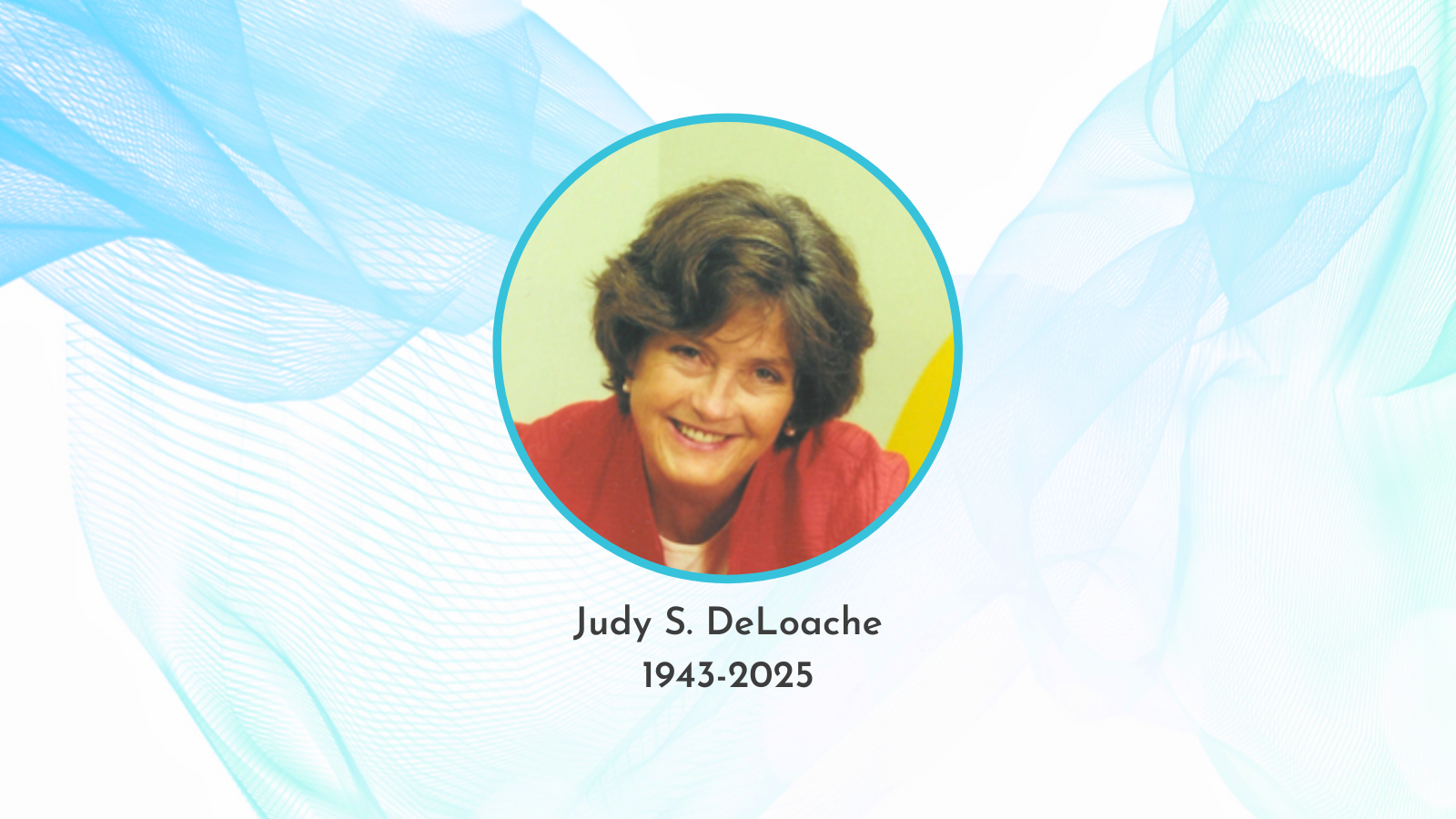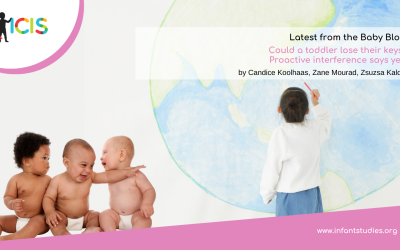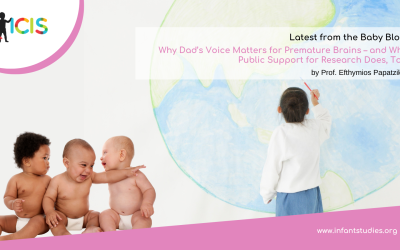September 10, 1943—October 23, 2025
Judy S. DeLoache was born on September 10, 1943 in the small town of Holyoke, Colorado where she grew up on a wheat farm. There were only 38 people in her graduating class. But being from a small town did not keep her from having a big life. She received her BA and MA degrees at Georgia State College where she worked with Professor James Pate, an experimentalist and statistics instructor. At the time, her research subjects were rats, and her first publication was “Hippocampal lesions and spontaneous alternation behavior in the rat,” which appeared in Physiology and Behavior. Jim saw her potential and encouraged her to pursue a PhD, so in 1969, she left Georgia and moved to the University of Illinois in Champaign-Urbana, where she began her PhD studying infant memory with Dr. Les Cohen. After receiving her degree in 1973, she took a position as an Assistant Professor at Florida Atlantic University. But after only a year, she returned to Illinois, after meeting her husband, Jerry Clore. They were married in 1977, and their son Ben was born in 1978. She spent several years there on soft money, receiving financial and moral support from Professors Ann Brown and Joe Campione, which enabled her to apply for and receive her first NIH research grant called “Representational Functioning in Young Children.” This grant was continuously funded for the entirety of her career.
In 1981, she became an Assistant Professor in the small Department of Human Development and Family Ecology at the University of Illinois, where she came up through the ranks and eventually served as department chair. She was then hired by the Psychology Department in 1991, where she taught until 2000, after being awarded an Alumni Distinguished Professorship in 1999. In 2001, she moved to the University of Virginia, where she was the Keenan Professor of Psychology until she retired in 2014.
Judy’s successful career as a developmental scientist can be at least partially attributed to the fact that she was a brilliant observer of human behavior. It was in her early memory work that she used a scale model of a larger room to hide an object to see if children could remember where it was hidden in an identical full-sized room. One thing that struck her was that 2.5-year-olds unexpectedly failed this seemingly easy task. Where some researchers would be distraught and call this a failure, Judy observed something interesting. She went on to use this “scale model task” to explore the developmental shift in children’s ability to use a miniature model as a representation of a larger room. Her initial findings using this task led to her seminal paper in Science entitled “Rapid change in the symbolic functioning of very young children,” (1987), and launched a decades long career on young children’s understanding of symbols.
Her largest contribution to developmental science was her theory of dual representation, which explains how children come to understand that a symbolic object—like a picture, map, or scale model—can be both a real object and a representation of something else at the same time. Her work has made a huge impact on how developmental psychologists have studied how children come to understand that pictures, models, books, maps, digital media, and other symbolic objects stand for real-world things. Her work shed a new light on how representational insight develops and how it supports long-term learning, and has influenced not only theories of cognitive development, but also practical approaches to education and media design for young children. Her seminal “shrinking room study,” which advanced her dual representation theory, was selected for the Society for Research in Child Development (SRCD)’s list of “Twenty Studies that Fascinated Child Psychology,” in 2003, properly putting her name next to giants in the field like Harry Harlow, Eleanor Gibson, and Jean Piaget.
Judy was also the recipient of numerous national and international awards including the APA William James Fellow Award, Fellow of the American Association for the Advancement of Science (AAAS), Fellow of the American Academy of Arts and Sciences, Member of the Society of Experimental Psychologists, SRCD Senior Distinguished Contributions Award, and the Distinguished Contribution Award from the International Congress on Infant Studies (ICIS).
Despite being a brilliant and world-renown scientist, Judy was down to earth, kind, and generous with her time. And she was fun. She loved life, she loved people, and she loved her students. She especially loved her husband Jerry, her son Ben and daughter-in-law Laura, and her grandchildren Waverly and Wilder. Of all of her many accomplishments, her family was the one she was most proud of. To me, Judy was a teacher, a mentor, and a friend. She was always the life of the party—the person everyone in the room wanted to talk to. She was one of my favorite people. And if you knew her, I’m certain she was one of yours too.
Vanessa LoBue




